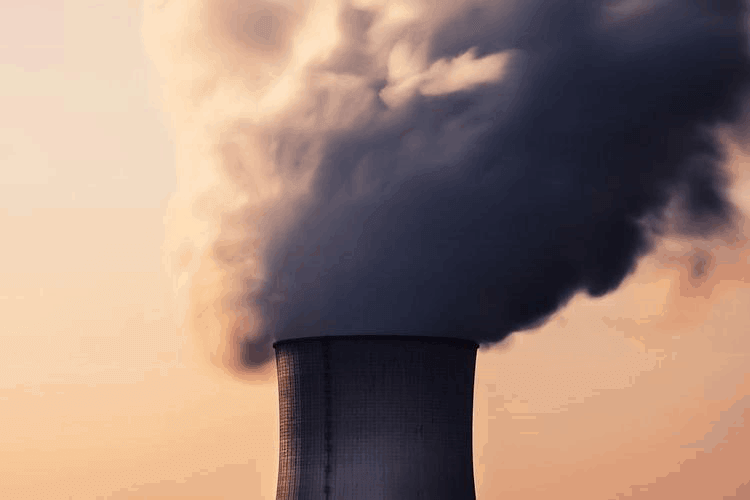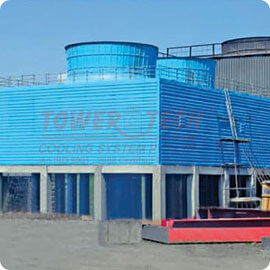Author: Jignesh Shah

What is Induced Draft Cooling Tower and How does it Function?
As you may remember, a cooling tower is a heat rejection equipment that discards waste heat to the surroundings through the cooling of a water creek to a more moderate temperature. Most cooling towers utilize an electrical fan engine to create an air draft or airflow through the cooling tower. What is meant by Induced […]
Read More
What is a Cooling Tower? Their Uses and Advantages.
What is a cooling tower? Cooling towers are a particular type of heat exchanger that provides water and air to contact each other to reduce the hot water temperature. During the cooling tower performance process, small volumes of water evaporate, decreasing the temperature of the water that’s being circulated throughout the cooling tower. In summary, […]
Read More
Understanding The Types Of Cooling Towers And Their Differences
Different types of cooling towers Cooling towers are crucial parts of the industrial processes. These tall water cooling structures actually play a significant role in industrial and HVAC comfort cooling processes. And might come off a bit surprising to you, knowing that there is so much more to these cooling towers than you could know. […]
Read More
Importance of Maintenance: Natural draft and evaporative cooling tower
Natural Draft & Evaporative Cooling towers are employed to cool down water that goes through chillers and other heat exchanger apparatus. Ultimately, it is a heat rebuff device that utilizes the evaporative cooling process to carry waste heat from the atmosphere. Not having your cooling tower well maintained can lead to leakages and standing water […]
Read More
What are FRP cooling towers and what you should know about them
FRP means Fiberglass Reinforced Plastics. So what is it? It simply is a cooling tower, but the FRP is the kind of material it is made of. The FRP cooling towers are of medium size and relatively easy to install. Due to their size, you have no reason for not getting yourself one as they […]
Read More
Crossflow Cooling Tower: Belongs to the Family of Mechanical Drift Cooling Towers
The crossflow cooling tower relates to the family of mechanical flow cooling towers. The upward flow of the air chills down the hot water raining down from the hot water container at the top onto the cold water bowl at the bottom. Cooling towers are required as they have a lot of applications in various […]
Read More
Considerations To Prevent Bacterial Growth In Cooling Towers
The surface inside a cooling tower or evaporative condenser framework must be maintained from the perspective of cleanliness. Maintaining cooling towers is a tedious undertaking, but is well performed by cooling tower manufacturers in India. Be that as it may, you need to clean the towers to guarantee enhanced thermal execution and to renounce the […]
Read More
Cooling Tower: Types, Procedures, and Industrial Application
Industrial procedures and machines generate such large amounts of heat that continuous radiation is necessary for effective operation. The heat must not be hazardous to the environment. This is by a heat transfer process. That is the foundation of cooling tower technology. It is impressive that despite cooling towers being machines of the 20th century, […]
Read More
Evaporative Cooling Tower a Perfect Combination of Convenience, Style, and Functionality
The field-erected cooling tower is the most environmentally friendly and cost-effective among the various cooling towers. It features a perfect blend of convenience, style, and functionality, making them successful in industrial constructions and residential buildings. Industrial machines and processes generate a tremendous amount of heat. And to ensure effective and non-stop operation, the excessive amount […]
Read More
Ways To Reduce Operating Costs In Cooling Tower And Increase Its Efficiency As Well
Having efficient and reliable water management in place while operating cooling towers is essential. The water management program creates systems that use less water, energy and chemicals and at the same time experience far fewer failures and periods of downtime, which ultimately contributes to extended equipment span reducing the liability of human illness that is […]
Read More
